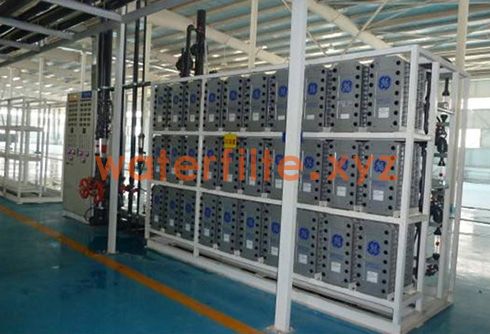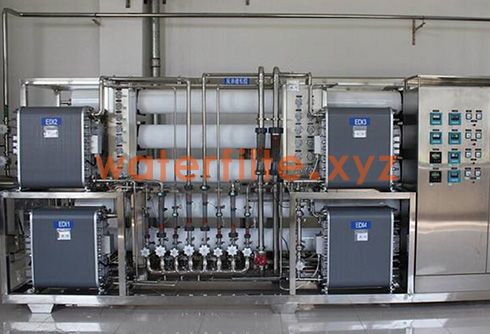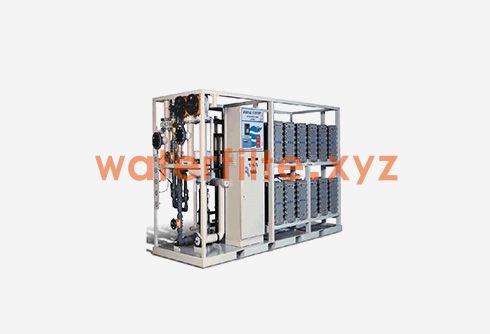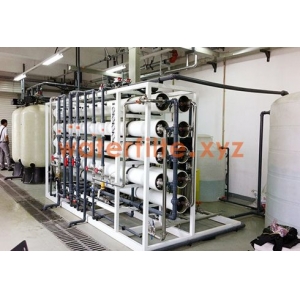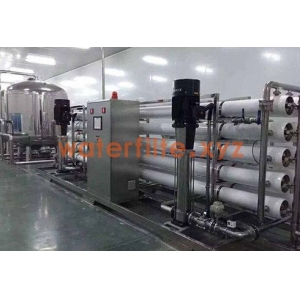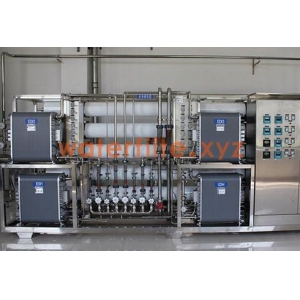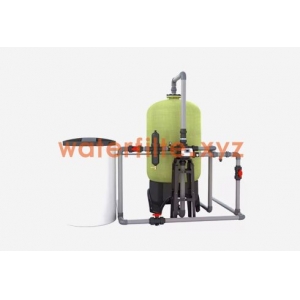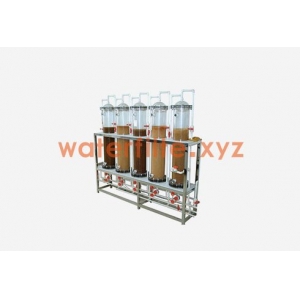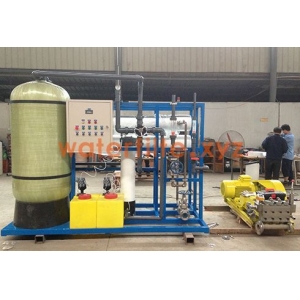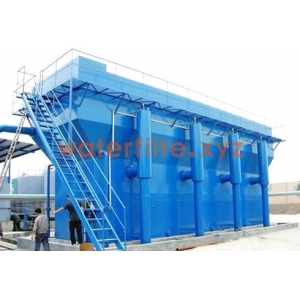EDI System
Electrical desalination is also called Electrodeionization, referred to as EDI. It is a scientific electrodialysis technology and ion exchange technology integration, is composed of positive, anion exchange membrane, concentrated, fresh water separator, positive, anion exchange resin, positive and negative electrode plate and end pressure plate, such as desalination equipment. EDI is a new membrane separation technology, the core of the technology is ion exchange resin as the carrier of ion migration, with positive and negative ion exchange membrane as the separation interface, under the action of direct current electric field to make the ion in water directional migration, so as to achieve the process of salt water separation.
 400-6783435
400-6783435Product Details
Equipment overview:
Electrical desalination is also called Electrodeionization, referred to as EDI. It is a scientific electrodialysis technology and ion exchange technology integration, is composed of positive, anion exchange membrane, concentrated, fresh water separator, positive, anion exchange resin, positive and negative electrode plate and end pressure plate, such as desalination equipment. EDI is a new membrane separation technology, the core of the technology is ion exchange resin as the carrier of ion migration, with positive and negative ion exchange membrane as the separation interface, under the action of direct current electric field to make the ion in water directional migration, so as to achieve the process of salt water separation. At the same time and by water electrolysis hydrogen ions and hydroxyl ions for continuous regeneration of loading resin, so the EDI water making process does not need to acid, alkali chemical regeneration can be continuous for making high quality ultrapure water, it has the advantages of advanced technology, compact structure, easy operation, can be widely used in electric power, electronics, medicine, chemical, food, and laboratory areas, is a water treatment technology of green revolution.
Equipment features:
The driving force of salt and water separation is direct current electric field.
The production process only uses electricity, without acid-base regeneration, and only uses a small amount of NaCl.
Discharge pole water and some concentrated water, water utilization rate up to 80%-90%;
Modular design, easy maintenance and expansion;
Desalination, water resistivity of 18 m Ω, cm;
No need for a large number of manual, can be fully automated process control;
Desalination effect barrel ion exchange, small footprint, high efficiency and economy.
Conditions of use:
• Water source: Reverse osmosis RO water, conductivity 1-20 μS /cm, maximum conductivity ≤30 μS /cm (NaCl)
• Hardness of influent water: < 1.0 PPM (CaCO3) (below 0.5 PPM is recommended)
• Total influent CO2: < 3ppm
• pH: 7.5 -- 9
• Inlet organic matter: TOC < 0.5 PPM
• Inlet oxidants: Cl2 (activity) < 0.03ppm, O3 (ozone) < 0.02ppm
• Inlet heavy metal ions: Fe, Mn, variable metal ions < 0.01ppm
• Inlet silicon: SiO2 < 0.5 PPM
• Inlet particle size: < 1μm
• Temperature: 15℃--35℃
• Inlet water pressure (DIN) : 0.15 -- 0.4MPa
• Concentrated water inlet pressure (CIN) : 0.10 -- 0.3MPa
• Water production pressure (DOUT) : 0.05 -- 0.25MPa
• Concentrated water outlet pressure (COUT) : 0.02 -- 0.2MPa
Scope of application:
EDI device is generally placed after electrodialysis or reverse osmosis device (or directly applied to water with low salt content), can replace ion exchanger for further desalination of water to produce higher pure water, widely used in electronics, chemical industry, medicine, atomic energy, electric power and other industries.


